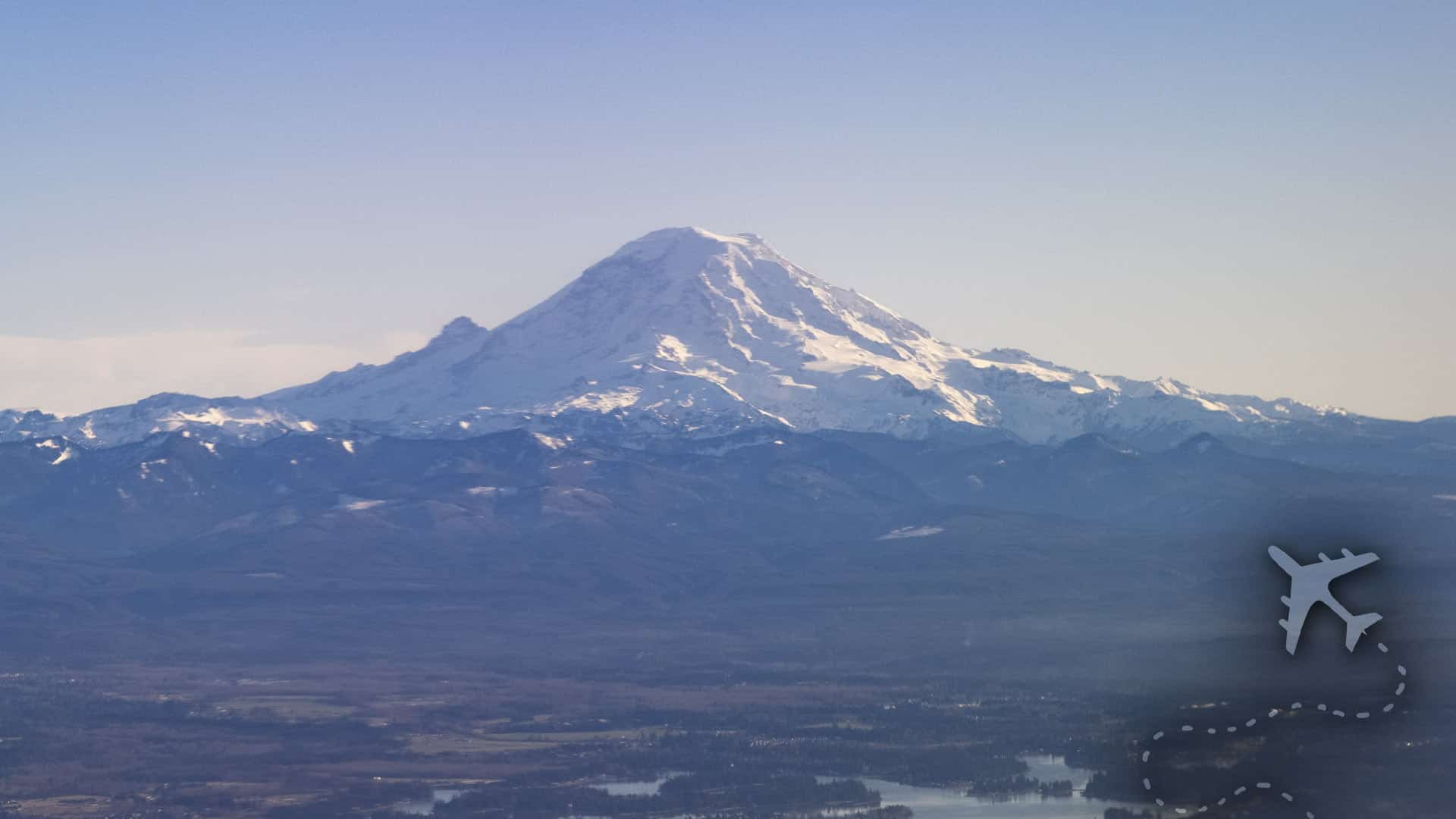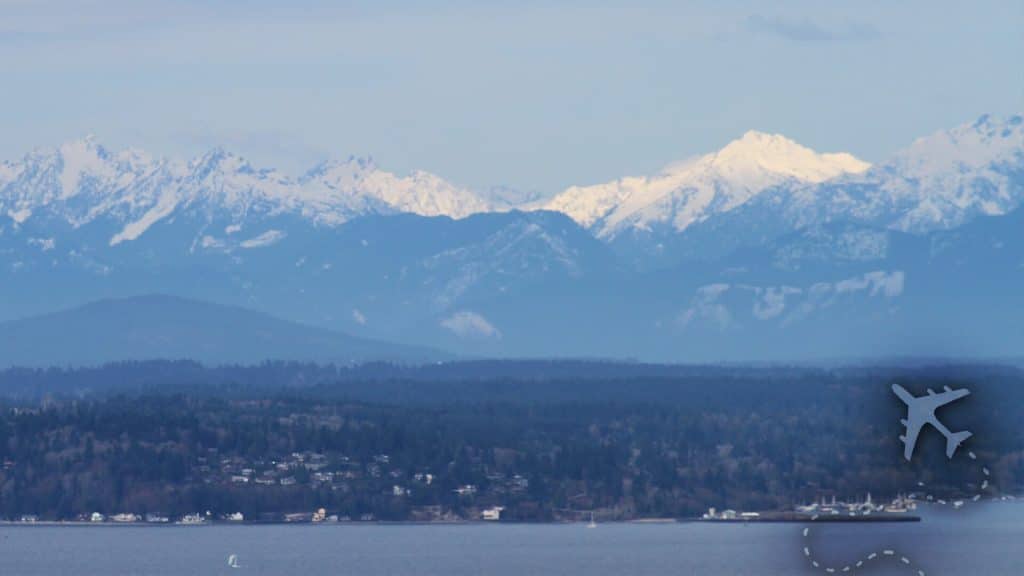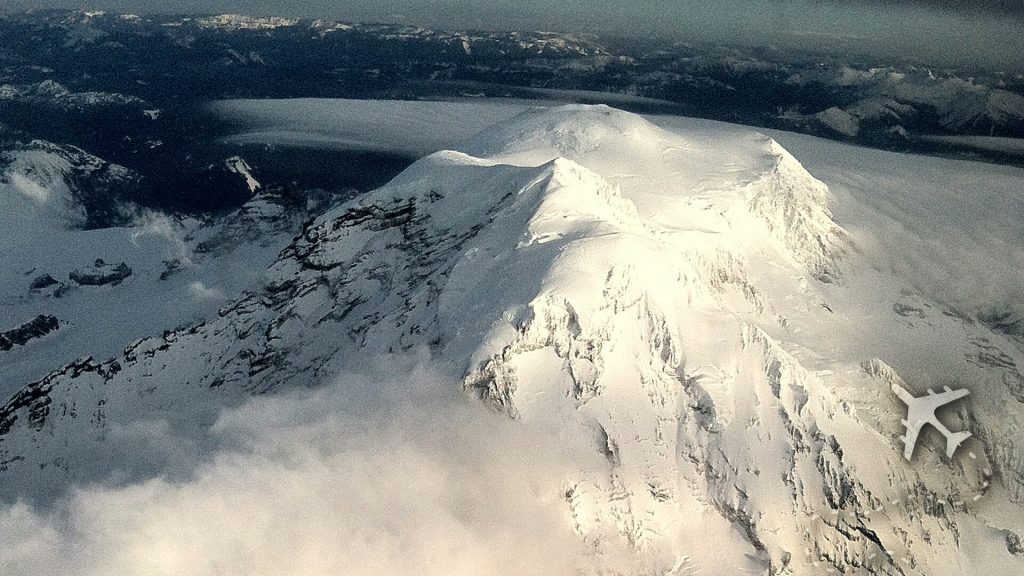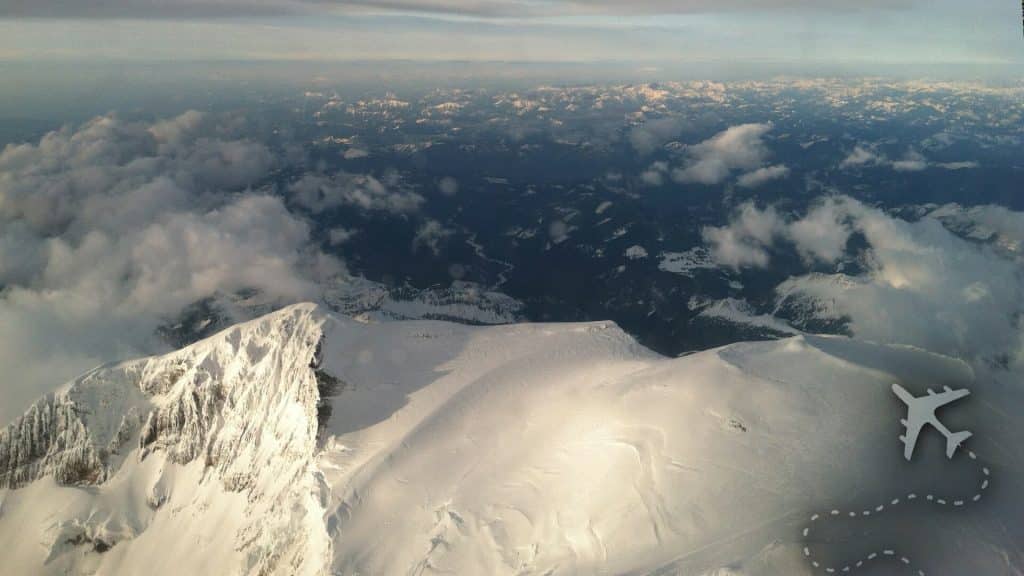Towering at 14,411 feet, Mt. Rainier dominates the Pacific Northwest skyline like a slumbering giant. This colossal stratovolcano isn’t just a postcard-perfect backdrop for Seattle; it’s a bucket-list destination for adventurers, volcano enthusiasts, and nature lovers alike. Whether you’re trekking through its alpine meadows, braving its glacial crevasses, or catching a jaw-dropping glimpse from a departing flight, Mt. Rainier promises an unforgettable experience.
DESTINATION: Mt. Rainier
GPS COORDINATIONS
46.8513, -121.7593
CLOSEST AIRPORT
CURRENT WEATER
clear sky (-26 C / -15 F)
![]()
AIR QUALITY INDEX (AQI)
Moderate (59)
A Brief History: The Sentinel of the Northwest
Known as Tahoma or Tacobet to the region’s Indigenous peoples, Mt. Rainier has been revered for centuries as both a provider and a force to be reckoned with. British explorer George Vancouver changed its name in the late 1700s and christened it after his friend, Rear Admiral Peter Rainier.
Established as a national park in 1899, Mt. Rainier National Park is one of the oldest in the United States, protecting over 230,000 acres of pristine wilderness. Today, the park draws over 1.5 million visitors annually, eager to explore its diverse ecosystems, from old-growth forests to glacier-carved peaks.
A Sleeping Giant: Eruptive History
Beneath its serene beauty, Mt. Rainier hides a fiery heart. It’s an active stratovolcano, part of the Pacific Ring of Fire, with its last major eruption occurring approximately 1,000 years ago. While it hasn’t erupted in recent history, scientists consider Rainier one of the most dangerous volcanoes in the U.S. due to its massive ice cap and proximity to populated areas.
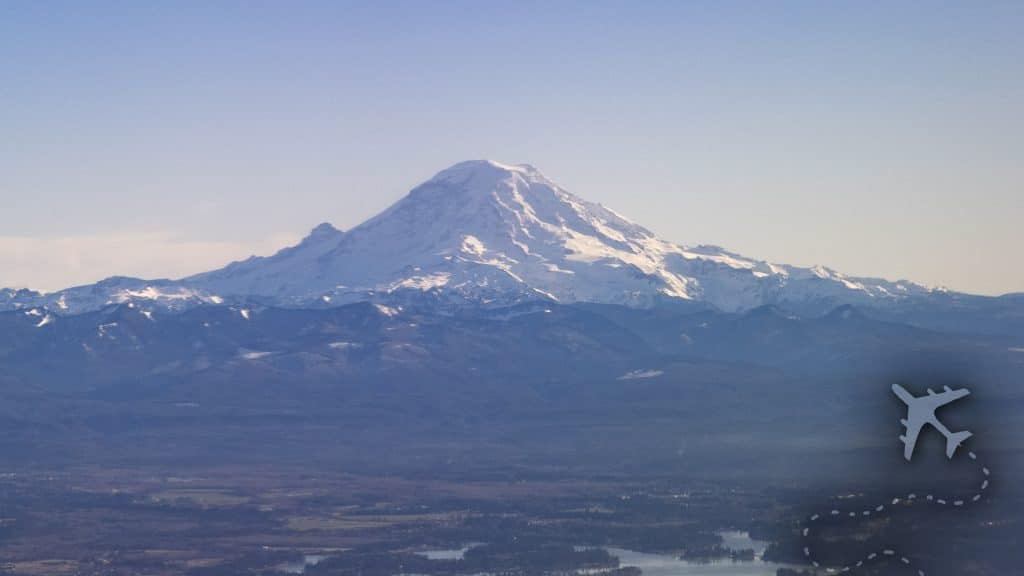
When (not if) it erupts, lahars (deadly volcanic mudflows) could rush down its slopes, threatening nearby towns and communities. Despite its dormant appearance, Rainier remains under constant watch by volcanologists, who recognize its potential to unleash catastrophic power.
Why Visit Mt. Rainier?
Mt. Rainier isn’t just about volcanic intrigue; it’s a playground for outdoor enthusiasts and a haven for those seeking a connection to nature.
- Hiking Heaven: With over 260 miles of maintained trails, Rainier offers everything from casual day hikes to multi-day backcountry adventures. The famous Wonderland Trail, a 93-mile loop encircling the mountain, is a bucket-list trek for seasoned hikers. For something less grueling, the Paradise and Sunrise areas offer stunning views and trails bursting with wildflowers in summer.
- Glacier Exploration: Rainier boasts 25 named glaciers, the most of any peak in the contiguous U.S. Climbers from around the globe flock here to tackle its icy slopes, often using it as a training ground for more ambitious ascents like Denali or Everest.
- Wildlife Encounters: The mountain’s diverse ecosystems are home to black bears, elk, mountain goats, and bird species. If you’re lucky, you might spot a marmot sunbathing on the rocks or hear the haunting call of a gray jay.
- Starry Nights: Rainier is a stargazer’s dream, thanks to its remote location and high altitude. On clear nights, the Milky Way stretches across the sky, and meteor showers light up the heavens.
A Sky-High View: Flights from Seattle
One of the most unique ways to experience Mt. Rainier is from above. Departing flights from Seattle-Tacoma International Airport (SEA) often offer incredible aerial views of the mountain, especially for those lucky enough to snag a window seat on the correct side of the plane.
Pro Tips for Prime Views:
- Domestic Flights: Opt for south or southeast flights (like those bound for Portland, San Francisco, or Denver). Request a seat on the plane’s left side for the best vantage point.
- International Flights: Outbound flights to destinations in Asia or Oceania often provide stunning views of Rainier shortly after takeoff. Sit on the right side for maximum impact.
- Timing Matters: Morning flights often provide the clearest views, as the mountain’s peak is less likely to be shrouded in clouds.
The sight of Rainier piercing through a sea of clouds is breathtaking. It’s a stark reminder of the mountain’s majesty and the raw power of nature, even when viewed from 30,000 feet.
Rainier for Locals and Tourists:
For Seattleites, Mt. Rainier is a constant presence, a looming giant visible on clear days, often prompting the phrase, “The mountain is out.” For visitors, it’s an invitation to explore the wild heart of Washington State.
The mountain’s proximity to Seattle (just two hours by car) makes it an easy day trip or weekend escape. Local businesses, from outfitters to breweries, capitalize on the draw, making Rainier a natural wonder and a cultural touchstone.
Mr. Rainier Uncensored: A Mountain Worth Meeting
Whether you’re scaling its icy heights, hiking through its wildflower-filled meadows, or admiring it from the cabin of a departing plane, Mt. Rainier leaves an impression that lingers long after you’ve left. It’s a mountain that demands respect, inspires awe, and reminds us of the dynamic forces shaping our planet.
So pack your boots, book that flight, or grab your camera and get ready to meet one of the most badass mountains on Earth.
Rainier is waiting. Are you ready?


